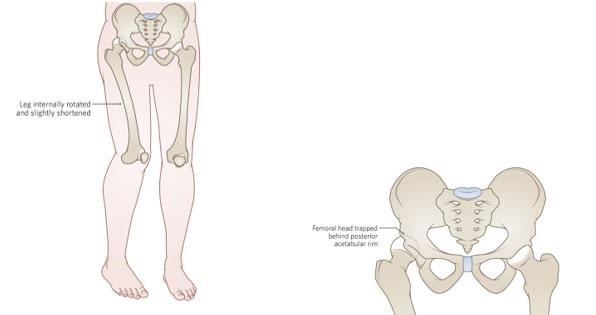A nurse is caring for a 125 kg patient who is to receive 2.5-3.5 mg/kg of enoxaparin daily. How many milligrams will the patient receive if getting the high end of the dosage range?
(Round to the whole number.)
The Correct Answer is ["438"]
To calculate the high-end dosage for a 125 kg patient, you can multiply the weight in kilograms (125 kg) by the high-end dosage range (3.5 mg/kg):
High-end dosage = 125 kg * 3.5 mg/kg = 437.5 mg
Rounded to whole number give 438mg.
Nursing Test Bank
Naxlex Comprehensive Predictor Exams
Related Questions
Correct Answer is D
Explanation
A. McBurney's point on the abdomen: McBurney's point is a location in the right lower quadrant of the abdomen that is significant in the assessment for appendicitis. It is not relevant to the assessment of pyelonephritis, which is a kidney infection.
B. Psoas sign at the knee: The psoas sign is a test for appendicitis, not pyelonephritis. It involves the patient lying on their back and lifting their right leg against resistance. If this movement causes pain in the lower right abdomen, it could indicate irritation of the psoas muscle due to an inflamed appendix.
C. Rovsing's Sign on the abdomen: Rovsing's sign is also a test for appendicitis. It involves palpating the left lower quadrant of the abdomen and observing if it causes pain in the right lower quadrant. The presence of pain in the right lower quadrant during palpation of the left lower quadrant can indicate appendicitis. This sign is not specific to pyelonephritis.
D. Costovertebral angle (CVA) on the back: The CVA is located on the back at the angle formed by the 12th rib and the spine. Percussion of the CVA is a common technique used to assess for kidney tenderness. In the case of acute pyelonephritis, infection and inflammation of the kidneys can cause tenderness and pain in the CVA area. Therefore, this area is assessed for pain related to kidney infections like pyelonephritis.
Correct Answer is A
Explanation
A. Right hip dislocation: In a hip dislocation, the head of the femur is forced out of the acetabulum, which is the socket in the pelvis. This can cause a noticeably shorter leg, hip deformity, and acute pain. Imaging might not show a fracture in the case of a dislocation.
B. Right hip contusion: A hip contusion is a bruise on the hip, usually caused by a direct blow or trauma. While it can cause pain and swelling, it typically does not result in a noticeably shorter leg or hip deformity.
C. Right hip strain: Hip strain refers to damage to the muscles or tendons around the hip joint due to overuse or sudden twisting movements. While it can cause pain, it does not typically lead to a noticeable leg shortening or hip deformity.
D. Right hip osteoarthritis: Osteoarthritis is a degenerative joint disease that can affect the hip joint. It leads to joint pain and stiffness but does not usually cause a noticeable leg shortening or acute deformity unless there are severe complications, which are not mentioned in the scenario.

Whether you are a student looking to ace your exams or a practicing nurse seeking to enhance your expertise , our nursing education contents will empower you with the confidence and competence to make a difference in the lives of patients and become a respected leader in the healthcare field.
Visit Naxlex, invest in your future and unlock endless possibilities with our unparalleled nursing education contents today
Report Wrong Answer on the Current Question
Do you disagree with the answer? If yes, what is your expected answer? Explain.
Kindly be descriptive with the issue you are facing.
